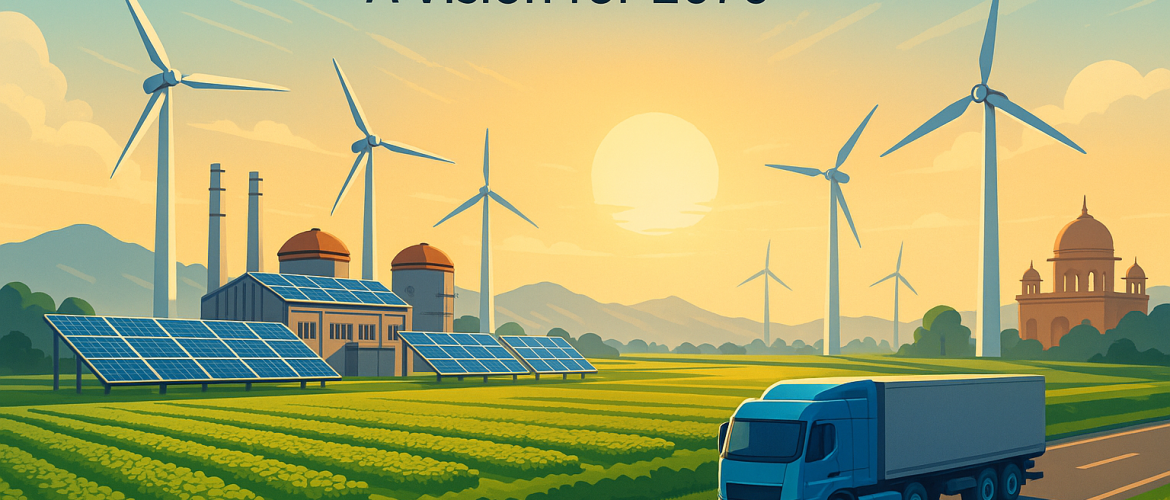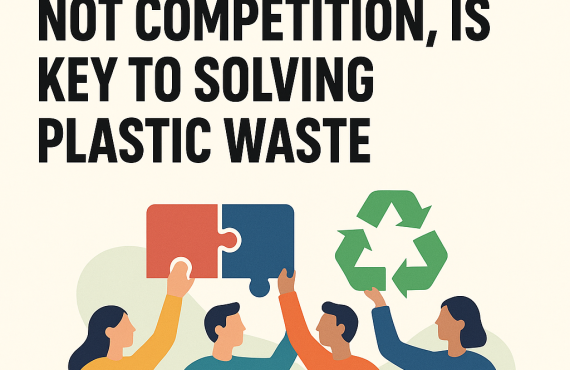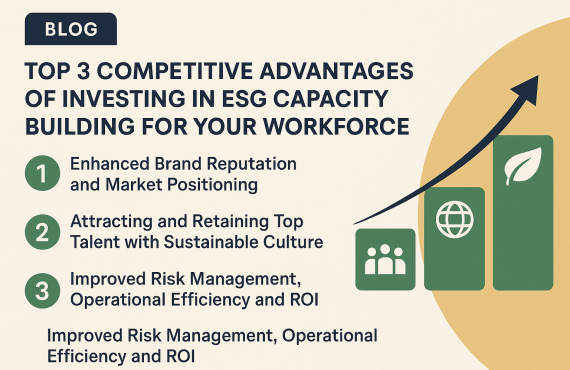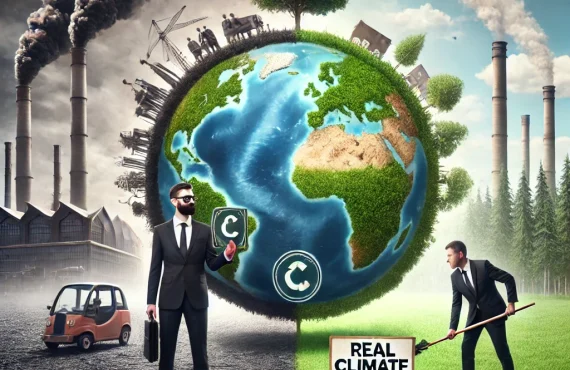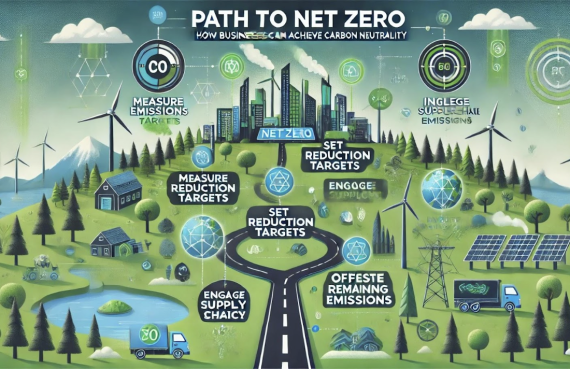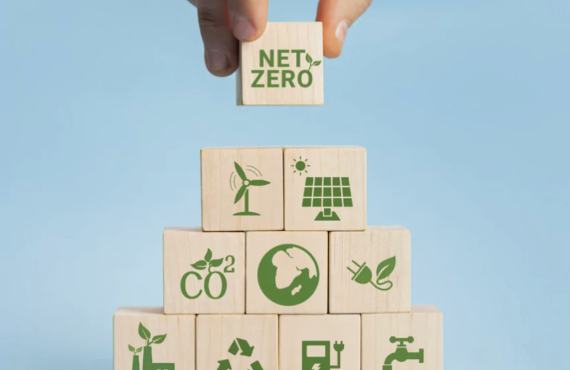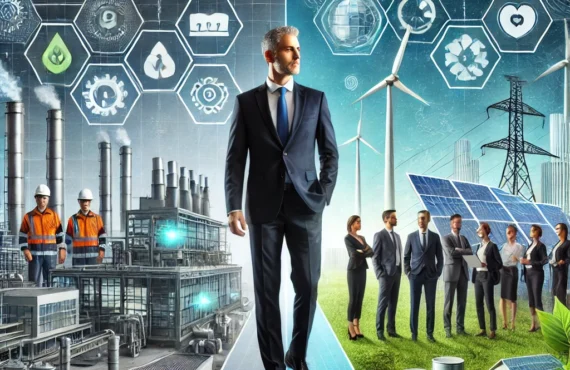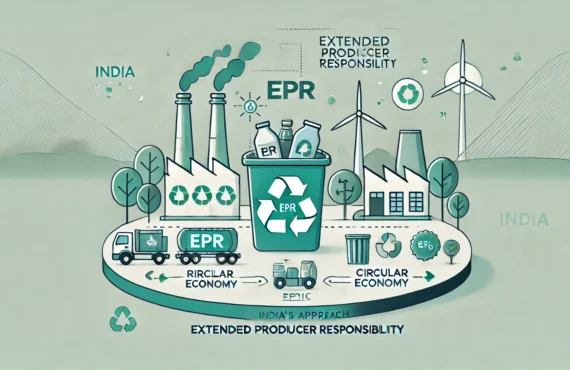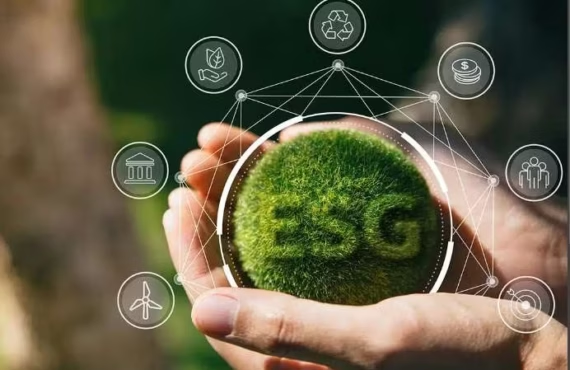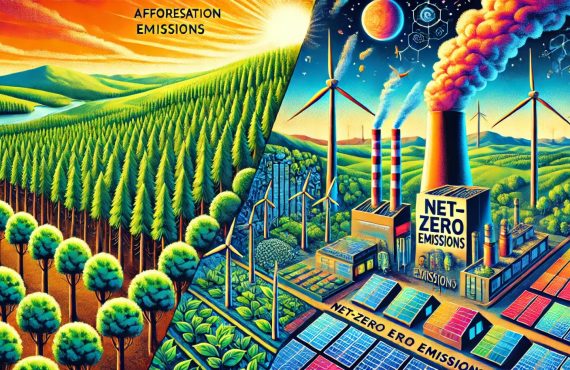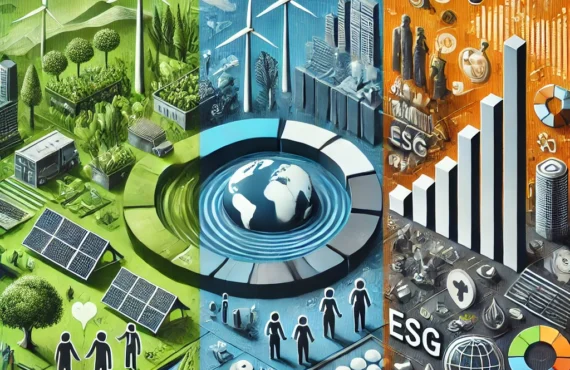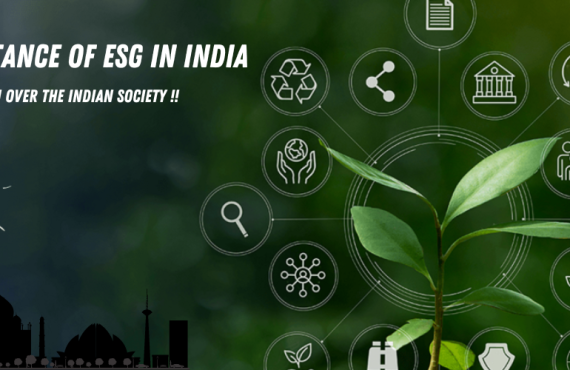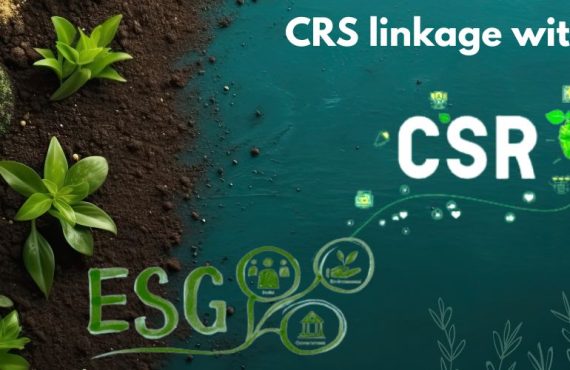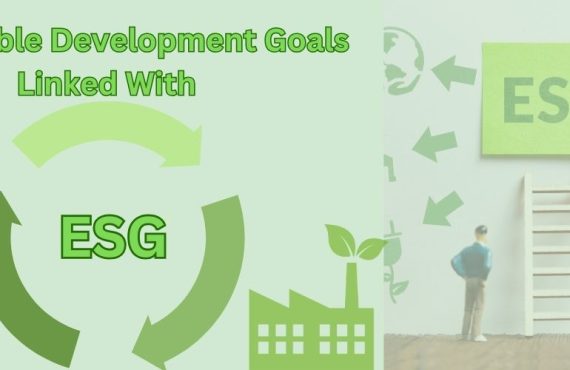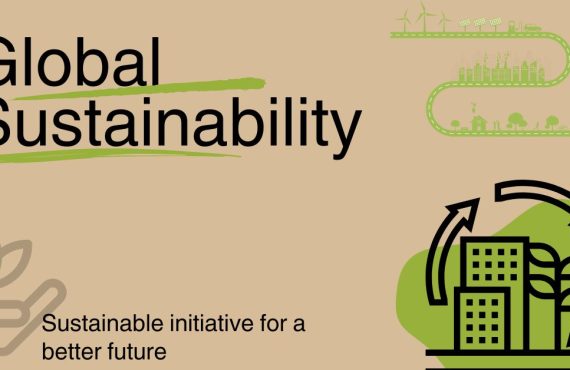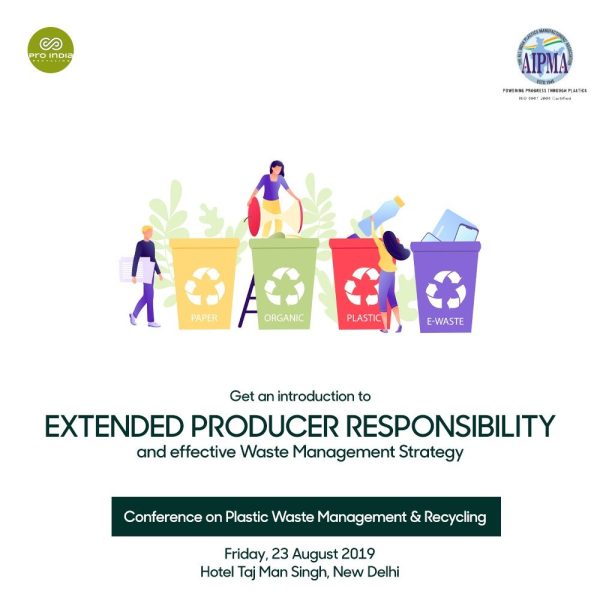India’s Road to Net Zero by 2070: What It Means to Industries
India made global headlines with its ambitious pledge to achieve net-zero emissions by 2070. For the country’s industries, this isn’t just a climate promise—it’s a complete shift in how business will be done in the coming decades. Whether you’re in manufacturing, energy, transport, or agriculture, the ripple effects are already being felt.
Let’s break down what this journey means for Indian industries, the key milestones ahead, and how businesses can begin preparing for a low-carbon future.
📊 A Quick Look at the Roadmap
To help visualize India’s long-term strategy, here’s a simple timeline that outlines the nation’s path to net zero and key goals along the way:

This timeline offers a clear progression—from the launch of the National Hydrogen Mission in 2022 to achieving net-zero status by 2070. Each of these milestones will influence industry regulations, supply chains, and energy use.
What Does “Net Zero by 2070” Really Mean?
Net zero doesn’t mean eliminating all emissions—it means balancing emissions produced with those removed from the atmosphere. For India, this means reducing fossil fuel dependence, promoting renewables, and transforming the way industries operate.
The transition will be gradual but firm, supported by policies, investments, and technological shifts.
Why Should Industries Pay Attention?
Industries are at the center of this transformation. Roughly a third of India’s total emissions come from sectors like steel, cement, and chemical production. As global markets tighten regulations on carbon, companies that fail to adapt may find themselves at a disadvantage.
Here’s how it’s playing out:
- Exporters will need to meet carbon-neutral product standards
- Investors are prioritizing businesses with solid ESG practices
- Domestic policies will drive greener industrial practices and supply chains
Sectors That Will See Major Shifts
🏭 Heavy Manufacturing
Industries that rely on coal or other fossil fuels face the toughest road. They’ll need to explore alternatives like electrification and carbon capture technologies to stay compliant and competitive.
⚡ Power & Energy
The energy sector must transition from coal to clean sources such as solar, wind, and green hydrogen, a focus of India’s recent National Hydrogen Mission.
🚛 Transportation
Decarbonizing logistics and fleet operations will be critical, especially for companies with large supply chains. Expect to see a push for electric vehicles and alternative fuels.
🌾 Agriculture
Smarter irrigation, improved fertilizer use, and methane reduction strategies will help agriculture do its part—while opening up opportunities for climate-resilient farming.
What Makes This Shift Challenging?
Change is never easy, especially at this scale. Industries are dealing with:
- High upfront costs of new technologies
- Uncertainty around future regulations
- Gaps in financing for small and medium enterprises
- A need to upskill the workforce in green practices
Despite these challenges, early adoption often pays off in the long run—through lower operational costs, better investor ratings, and new revenue streams.
What Can Businesses Do Now?
Getting started doesn’t require a complete overhaul on Day One. Here’s a practical path forward:
- Know your baseline – Conduct a carbon footprint assessment.
- Prioritize action areas – Target the highest-emitting operations first.
- Invest smartly – Focus on solutions that improve efficiency and reduce emissions.
- Report transparently – Start integrating sustainability data into annual reporting.
- Collaborate – Work with partners, suppliers, and regulators toward mutual goals.
Leading by Example: Indian Companies Already in Action
Some homegrown firms are setting strong examples:
- Tata Steel is exploring hydrogen-based steelmaking.
- Mahindra has committed to carbon neutrality by 2040.
- JSW Energy is heavily investing in renewables.
These pioneers are positioning themselves not just as responsible businesses, but as market leaders in the low-carbon economy.
Final Thoughts
India’s path to net zero by 2070 isn’t just about climate—it’s about competitiveness, innovation, and resilience. For industries, the writing is on the wall: adapt early or risk falling behind.
The businesses that embrace this change today will shape the economy of tomorrow.


